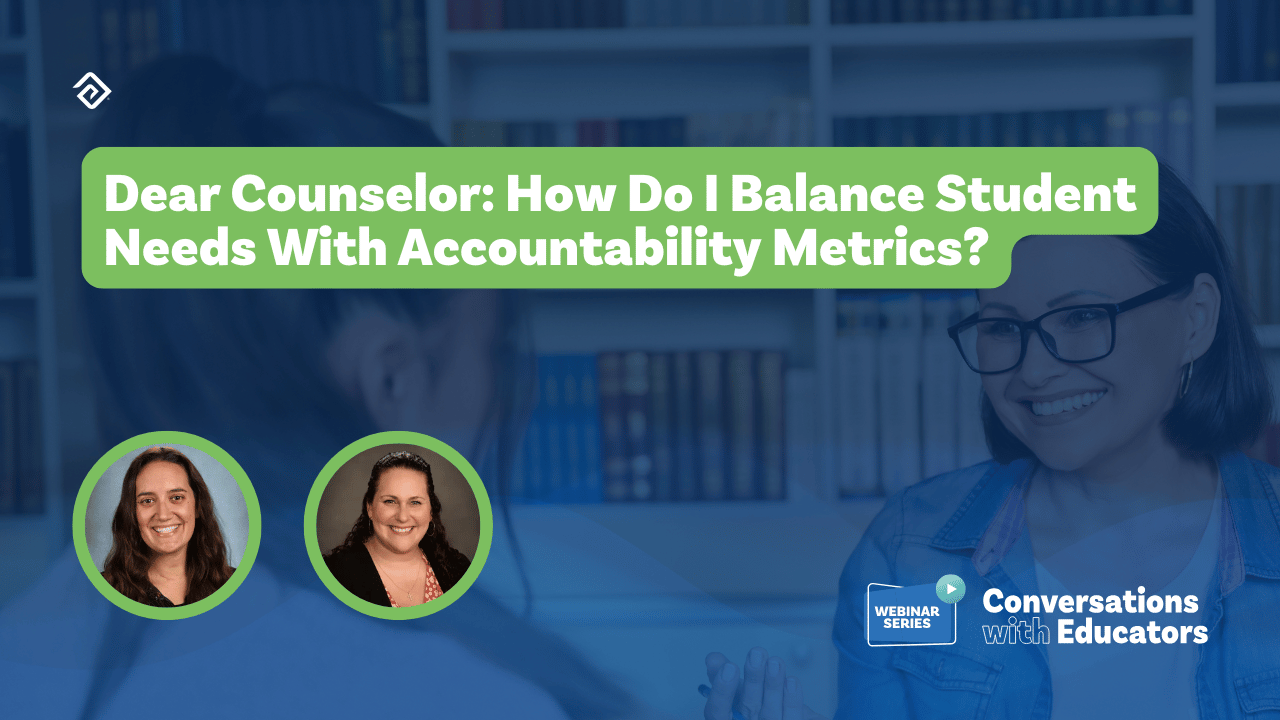Top 6 Steps Teachers Can Use To Analyze Student Data And Improve Instruction
Many teachers use data-driven educational practices because using student data to improve instruction is widely acknowledged to enhance student success. However, one common misinterpretation about data-driven education is that it is exclusively for improving test scores.
Data-driven instruction, in reality, is a process that the teachers control to address the aspects most important to student development. The comprehensive use of student data to measure personal and classroom understanding provides teachers with insight into detailed adjustments they can make to their curriculum to augment student learning. Data analysis also provides information to understand whether there is equitable learning for all students.
How Does Data Help Improve Student Learning?
Data-driven education enables teachers to tailor their instruction to facilitate student learning. Information about student learning helps teachers understand which instructional strategies are more effective and where there are opportunities for improvement. Teachers can use the student data to guide future lessons while continuing to refine their own instructional expertise. They can modify their curriculum to boost student success. Data-driven education is an important part of a productive and supportive school culture. By focusing effort on student understanding, data-driven education supports a problem-solving mindset of continuous improvement.

What Data Sources Can Be Used?
In a data-driven environment, any data that will help the teacher understand how students are progressing and identify patterns in achievement is a good data source. The data sources can be divided into two categories: student learning data and student demographic data.
Student Learning Data
Student learning data gathered from formative assessment is continually utilized by teachers. Formative assessment can be defined as any learning data gathered for the purpose of informing instructional decisions. Summative assessment, on the other hand, intends only to evaluate and judge the final progress on student learning. The intent of the activity is what identifies it as a formative assessment. Format assessment is purposeful and directly tied to the intended learning outcomes and standards. If the teacher planned the activity to learn how students are progressing and guide future teaching decisions, it is formative assessment.
Formative assessment includes both formal and informal tools that allow students to demonstrate their individual learning progress and also help identify classroom trends. Formal assessment methods such as essays, tests, or final projects can be used as formative assessment. Observation is another way to collect formative data. Teachers can see how well students comprehend and engage with content by observing students interacting with the learning content. Teachers can then determine whether they need to rethink or revise any aspects of a lesson. In addition to observation and formal assessments, teachers can collect data from student work and simple formative assessment tools like exit tickets, or low-stakes on-line quizzes or polls. The best formative assessment allows for consistent evaluation of each student’s response. Depending upon the complexity of the assessment task, this may require a rubric or scoring guide that is explicitly tied to the learning targets and standards.
Student Demographic Data
In addition to student learning data, schools are rich in other data sources that affect student achievement. Student attendance data, race, ethnicity, free/reduced lunch status, gender, health data, and other sources can provide further context to student achievement and help the teachers and the school system identify opportunities for improved practice. When adding demographic data to student achievement data analysis, teachers and schools can identify patterns with subgroups of students and address structures that are inequitable to high achievement for all students.
Top Ways to Make Data Driven Instruction Work
Mission driven educators have an innate motivation to support and lead student learning. This motivation inspires inquiry and problem solving. Connecting the motivation to make a difference in the lives of students to the data driven instructional process below increases teacher efficacy and improves student achievement.
1. Find a team and collaborate
Data driven instruction is a journey overflowing with questions and the quest for better understanding. Taking this journey with others is the very best way to support your learning. A group of teachers that engage in collaborative inquiry are far more effective than a single teacher working alone. Build a team, establish a vision for your work together, set protocols and procedures for meeting, and engage in professional learning together.
2. Determine a focus
The number of standards and learning targets for a single course is vast and unwieldy to conduct deep, data driven instruction broadly. Especially as you begin the process, choose a focus area for your inquiry. You may choose an area from district requirements or an external accountability measure. Another option is an area you want to improve your teaching strategies. You could also consider previous student performance and focus on an area that has been difficult for current or past students. As you determine your focus broadly, become very discrete, identifying the specific learning targets and standards to address.
3. Set a goal
Create a goal for your work. Try to answer the question, in the end, what will we have to accomplish to consider this work a success. The use of a SMARTIE goal framework is often helpful in creating a strong goal.
S = Specific
M = Measurable
A = Ambitious
R = Realistic and Relevant
T = Timebound
I = Inclusive
E = Equitable
4. Create an assessment plan
Your assessment plan will provide the structure, schedule, and tools to measure student growth during the instructional phase. Create a plan that includes a pre-assessment, a tool that will inform you of the student's prior knowledge. Select ongoing formative assessment tools for frequent checks of student learning on a day-to-day basis. Select or create more infrequent, formal assessment measures to evaluate transfer and mastery of the learning. Collaborate and reflect upon the weight and pace of assessment. Identify connections between learning targets and also ensure that all of the learning targets and standards identified are adequately assessed at the appropriate level of thinking.
5. Build the instructional plan and make adjustments
Outline the instructional phase, built around the assessment plan in the previous step. Create lesson plans, select instructional strategies, and curate appropriate resources. Layer your collaborative planning structure on top of your assessment plan and instructional schedule. Create checkpoints for your collaborative team to compare student progress and reflect on the instructional strategies used. The assessment and instructional plans should be built to provide the appropriate data for productive conversations. Consider student performance alongside demographic data as you reflect and inquire about whether all students are performing similarly. If there are gaps in the learning, consider what practices you will need to employ to make the learning equitable for all. As you teach lessons and reflect on student growth, the instructional plan should be modified to promote equitable student learning.
6. Reflect on your work
Reflection is an important step in professional learning. However, it is sometimes skipped because it is not an urgent task like student supervision, getting papers graded, or returning a parent's phone call. Including regular reflection in your data-driven instructional practice moves your thinking past simply experiencing your work. With quality reflection, it will promote deep understanding and lead to greater professional growth.
Final Words
In a nutshell, student data provides a picture of what students know, what students should understand, and what they have not yet learned. When teachers review and comprehend this data, they become positioned to make better decisions that reinforce positive student impact. Data-driven instruction empowers teachers, helping them improve the quality of their instruction while presenting valuable insight into their students' educational journey.


More Great Content
We know you'll love



